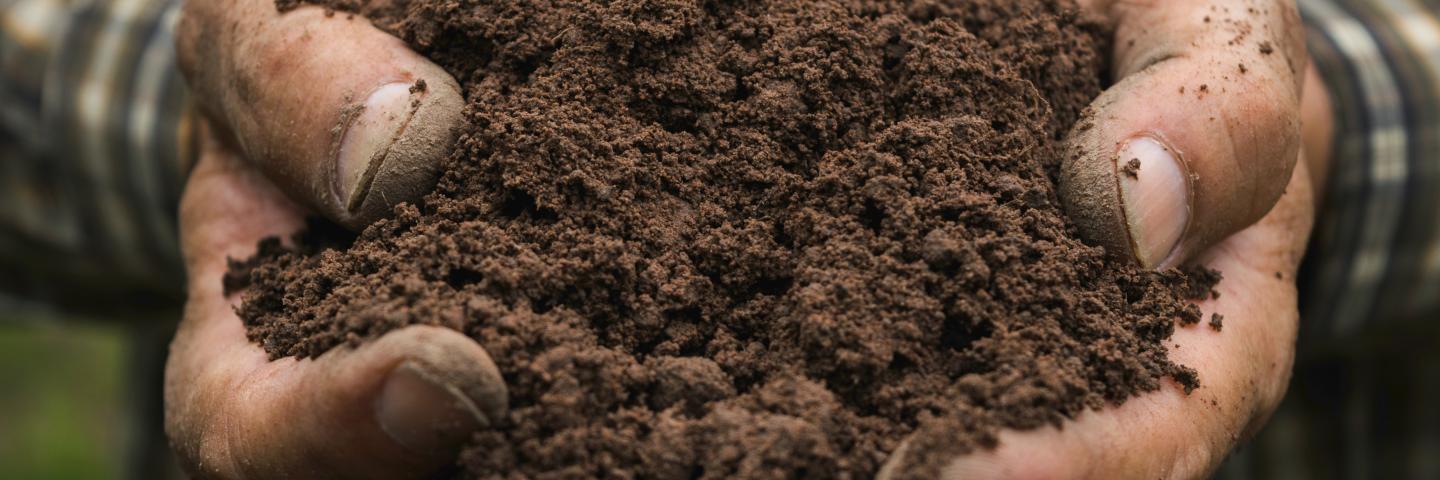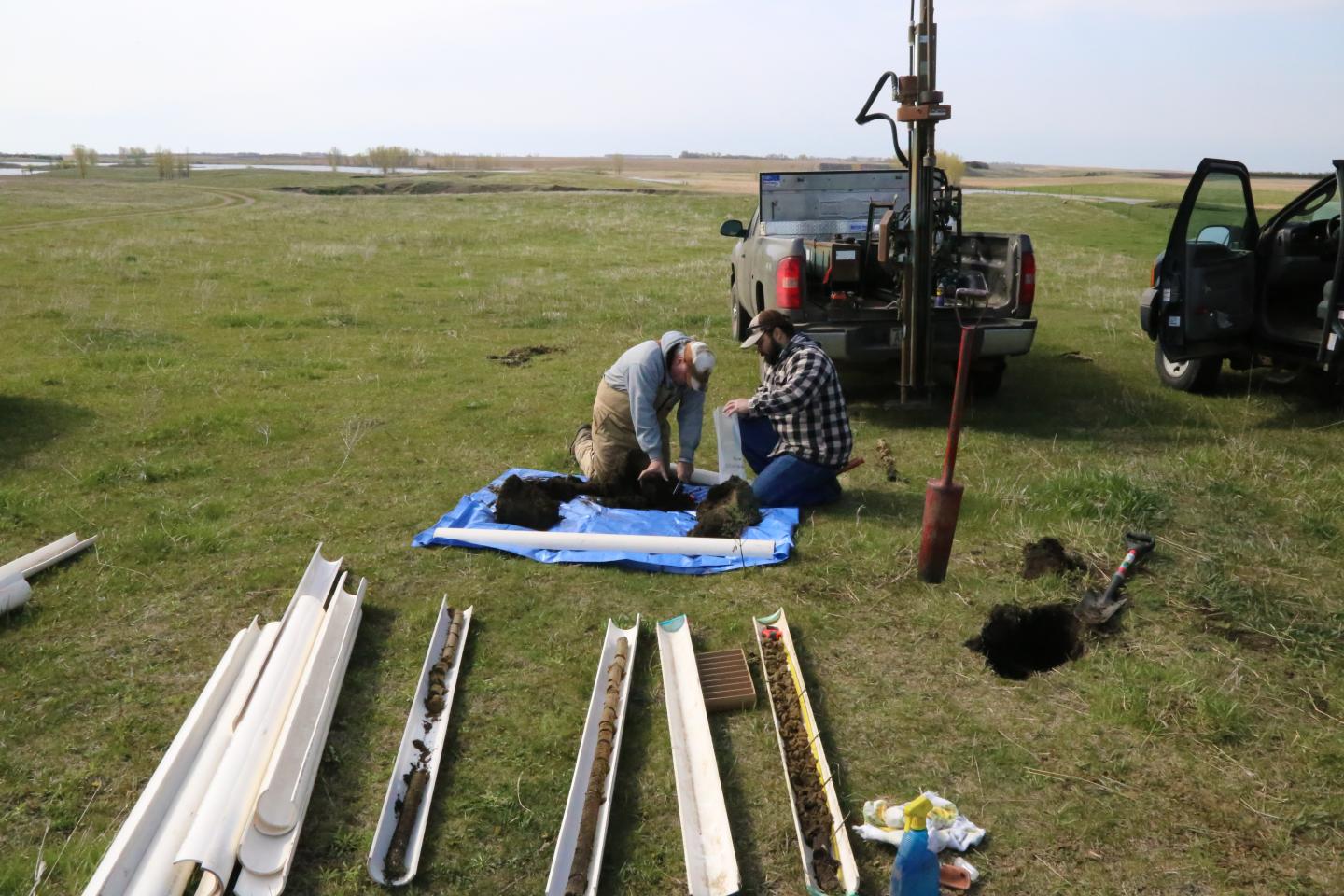
Soil is a living and life-giving substance, without which we would perish. As world population and food production demands rise, keeping our soil healthy and productive is of paramount importance. So much so that we believe improving the health of our Nation’s soil is one of the most important endeavors of our time.
By focusing more attention on soil health and by educating our customers and the public about the positive impact healthy soils can have on productivity and conservation, we can help our Nation’s farmers and ranchers feed the world more profitably and sustainably – now and for generations to come.
Soil Health is soil managed to its maximum potential through a system of conservation practices, including no-till, cover crops, advanced nutrient and pest management, buffers and shelterbelt, drainage water management systems. This approach results in healthy soil that reduces erosion, requires less nutrient inputs, manages the effects of flood and drought, and reduces nutrient and sediment loading to streams and rivers.
South Dakota Soil Resources
- Growing Resilience with Soil Health
- Growing Resilience through our Soils
- Maps: Soil, Water, Wind Erosion; Land Use; etc.
- Soil Data Resources
National Soil Resources

South Dakota Dynamic Soil Properties
Studying the health of SD soils, an NRCS team of soil and ecological science specialists perform a series of soil tests on the same soil type at different locations different management systems.
Additional Information
South Dakota Soil Health Education
Learn MoreHealthy Soils
Healthy soil is the foundation of organic farming. NRCS can help farmers and ranchers with a number of conservation practices that build healthy soil.
Learn MoreHoudek Soil
South Dakota State Soil (Houdek)
Houdek Loam - State Soil for South Dakota
Houdek loam was designated as a South Dakota state symbol by the 1990 legislature. It is pronounced hoo-dek. This soil and similar soils have been mapped on about 600,000 acres.
Soil scientists, working with the United States Soil Conservation Service (now Natural Resources Conservation Service), have identified over 500 different soils in South Dakota. Houdek soil, a deep, well drained, loamy soil, represents many soils formed in South Dakota under the influence of prairie grass. The surface layer is dark colored from decayed plants and other material that has been deposited over thousands of years.
Houdek soil is of major economic importance to South Dakota because the productive Houdek soils are often used for cropland and rangeland. Small grains, corn, sunflowers, and soybeans are commonly grown crops. Alfalfa and grass-alfalfa mixtures provide hay and pasture for grazing livestock. Large areas of Houdek soil are in native range. Crops and grasses grown on the Houdek soil also provide habitat for wildlife.
High Resolution Image for Quality Printing
Houdek - South Dakota Sate Soil Fact Sheet

